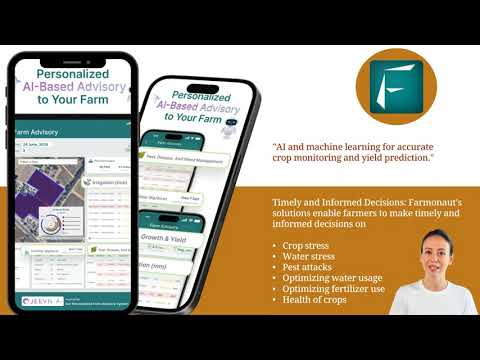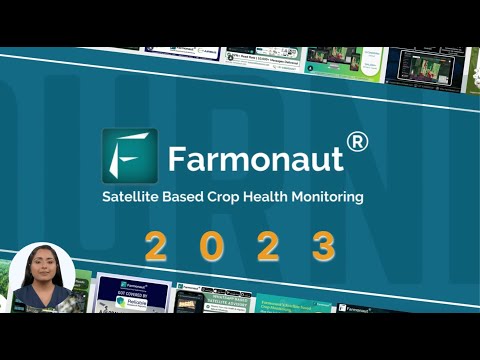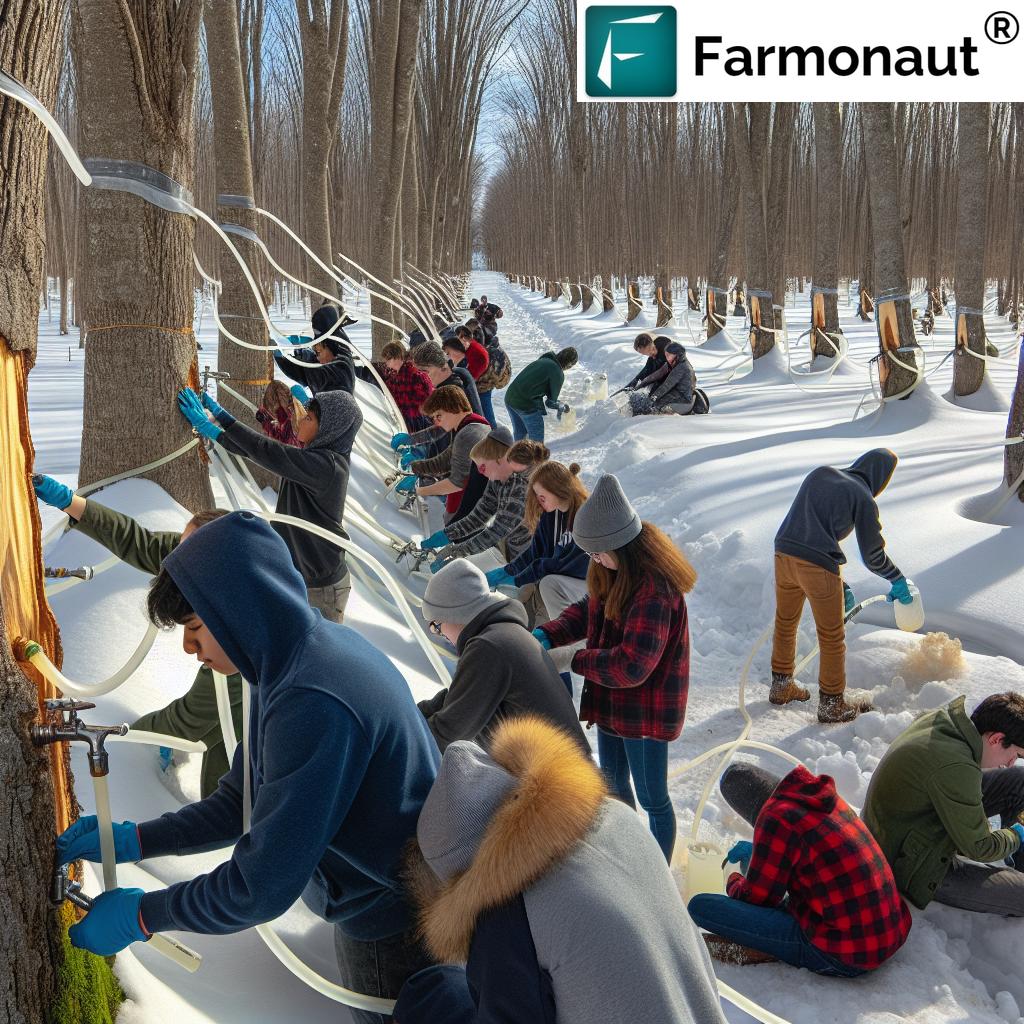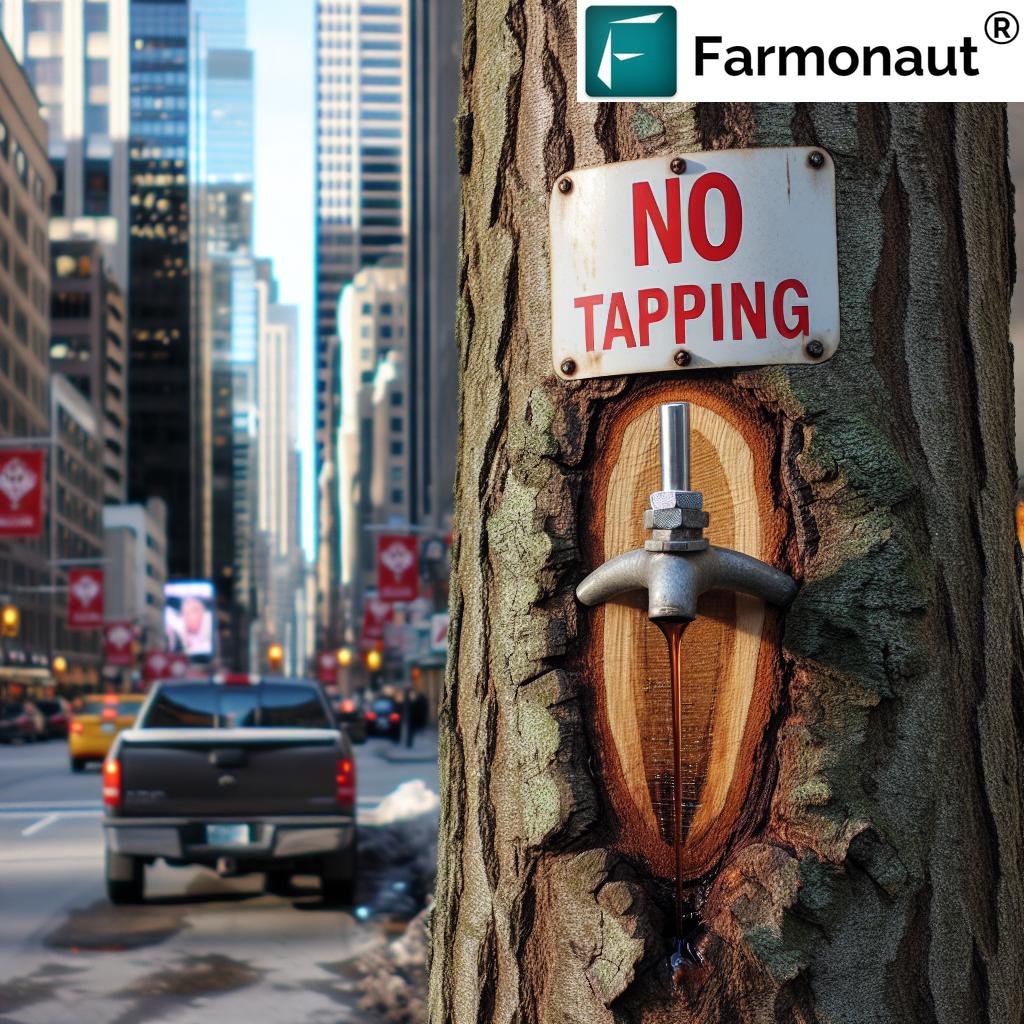Putnam County Legislature Faces Agricultural Controversy and Tax Debates: Key Decisions Impacting Rural Communities
“Putnam County Legislature voted to reduce the county sales tax rate to 3.75%, impacting local government revenue sharing.”
In a recent Putnam County Legislature meeting that will undoubtedly go down in local history, we witnessed a profound clash of interests that has sent ripples through our rural community. The session, held in Carmel, New York, was marked by heated debates, controversial decisions, and a palpable tension between various stakeholders. As we delve into the details of this pivotal gathering, we’ll explore the far-reaching implications of the decisions made and how they’re set to shape the future of Putnam County’s agricultural landscape and economic structure.
The Backdrop: A County at a Crossroads
Putnam County, nestled in the heart of New York State, has long been a region where rural traditions and modern governance intersect. The county’s legislature, a nine-member governing body, found itself at the center of a storm as it grappled with issues ranging from agricultural land preservation to tax policy changes. The meeting, which stretched for over three hours, began with a demonstration that set the tone for the contentious discussions to follow.
Members of the farming and agricultural communities gathered in force, demanding answers about the legislature’s apparent opposition to including farms in the county’s agriculture district. This protest highlighted the growing concern among rural residents about the future of farming in Putnam County and the need for supportive policies to maintain the area’s agricultural heritage.

The Sales Tax Reduction: A Controversial Move
One of the most significant decisions made during the meeting was the approval of a request to reduce the county’s sales tax rate. The legislature voted to establish a new rate of 3.75 percent, down from the current 4 percent, for the period from December 1 through November 30, 2028. This decision, which passed with a narrow 5-4 vote, has sparked intense debate about its potential impact on local government revenue sharing and the overall economic health of the county.
The vote breakdown was as follows:
- In favor: Legislators Toni Addonizio, Greg Ellner, Paul Jonke, Dan Birmingham, and Amy Sayegh
- Opposed: Nancy Montgomery, William Gouldman, Laura Russo, and Erin Crowley
This split decision underscores the deep divisions within the legislature on matters of fiscal policy. It’s worth noting that County Executive Kevin Byrne had called for the renewal of the one percent sales tax, a position supported by those who have typically aligned with the executive on various issues. However, this faction found themselves on the losing side of the vote, highlighting a potential shift in the political dynamics of the county.
Revenue Sharing: A Stalemate with Significant Consequences
The controversy didn’t end with the sales tax reduction. Another heated exchange erupted when a proposal to establish a sales tax revenue sharing mechanism between the county and its six towns and three villages was put to a vote. The result was a 3-3 tie, effectively killing the proposal and leaving many questions unanswered about how tax revenues will be distributed in the future.
This deadlock on revenue sharing is particularly significant as it directly impacts the financial relationships between different levels of local government. The inability to reach a consensus on this issue could have long-lasting effects on the budgets of towns and villages within Putnam County, potentially straining inter-governmental relations and affecting the delivery of local services.
Agricultural Land Preservation: A Core Issue
At the heart of the meeting’s controversies was the issue of agricultural land preservation. The farming community’s protest at the beginning of the session highlighted a growing concern about the legislature’s stance on including farms in the county’s agriculture district. This issue touches on the very identity of Putnam County as a rural area and raises questions about the long-term viability of farming in the region.
The preservation of agricultural land is not just a matter of tradition or aesthetics; it’s a crucial economic and environmental concern. Farms play a vital role in local food production, maintain open spaces, and contribute to the character of rural communities. The apparent reluctance of some legislators to support the inclusion of farms in the agriculture district has raised alarm bells among farmers and conservationists alike.
In this context, it’s worth noting that modern agricultural technologies can play a significant role in supporting sustainable farming practices and land preservation. For instance, Farmonaut’s crop plantation and forest advisory services offer valuable insights for farmers looking to optimize their land use while maintaining environmental sustainability. These tools can help farmers make informed decisions about crop rotation, resource management, and conservation practices, potentially easing some of the tensions between agricultural interests and land use policies.
The Putnam Arts Council Funding Debate
Amid the larger controversies, another point of contention arose regarding funding for the Putnam Arts Council. This discussion further inflamed the already heated atmosphere, with some attendees expressing frustration over the allocation of resources to cultural programs in light of the other pressing issues facing the county.
The debate over arts funding, while seemingly secondary to the larger tax and agricultural issues, underscores the complex balancing act that local governments must perform. It raises questions about priorities in public spending and the role of cultural institutions in rural communities facing economic challenges.
Public Reaction and Civic Engagement
The meeting was notable not just for the decisions made but for the level of public engagement it inspired. With over 125 people packing the historic Putnam Courthouse, the session was a testament to the deep interest and passion that local governance issues can evoke in a rural community.
Chairwoman Sayegh faced challenges in maintaining order, repeatedly calling for calm and decorum as emotions ran high among the attendees. The public comment period was particularly intense, with speaker after speaker expressing anger and frustration with the legislators. One attendee summed up the sentiment of many when he accused the legislature of “failing the people” and “serving politics over people.”
This level of civic engagement, while sometimes contentious, is a crucial aspect of democratic governance. It demonstrates the importance of transparent decision-making processes and the need for elected officials to be responsive to the concerns of their constituents.
“The controversial meeting addressed agricultural land preservation and tax distribution among county, towns, and villages in Putnam County.”
The Broader Context: Rural Governance Challenges
The events that unfolded in the Putnam County Legislature meeting are not isolated incidents but rather symptoms of broader challenges facing rural communities across the United States. These challenges include:
- Balancing agricultural preservation with economic development
- Managing tax burdens in areas with limited commercial tax bases
- Maintaining adequate funding for local services in the face of budget constraints
- Addressing the diverse needs of farming and non-farming residents
- Navigating the complexities of intergovernmental relations and revenue sharing
These issues are particularly acute in counties like Putnam, where rural traditions coexist with the pressures of modernization and proximity to urban areas. The decisions made by local legislatures can have profound and long-lasting impacts on the character and viability of these communities.
The Role of Technology in Agricultural Preservation
As rural communities grapple with these challenges, technology can play a crucial role in finding sustainable solutions. Advanced agricultural technologies, such as those offered by Farmonaut, can help bridge the gap between traditional farming practices and modern economic realities.
For example, Farmonaut’s large-scale farm management solutions provide tools for efficient resource allocation and crop monitoring. These technologies can help farmers increase productivity while minimizing environmental impact, potentially easing some of the tensions between agricultural preservation and economic development.
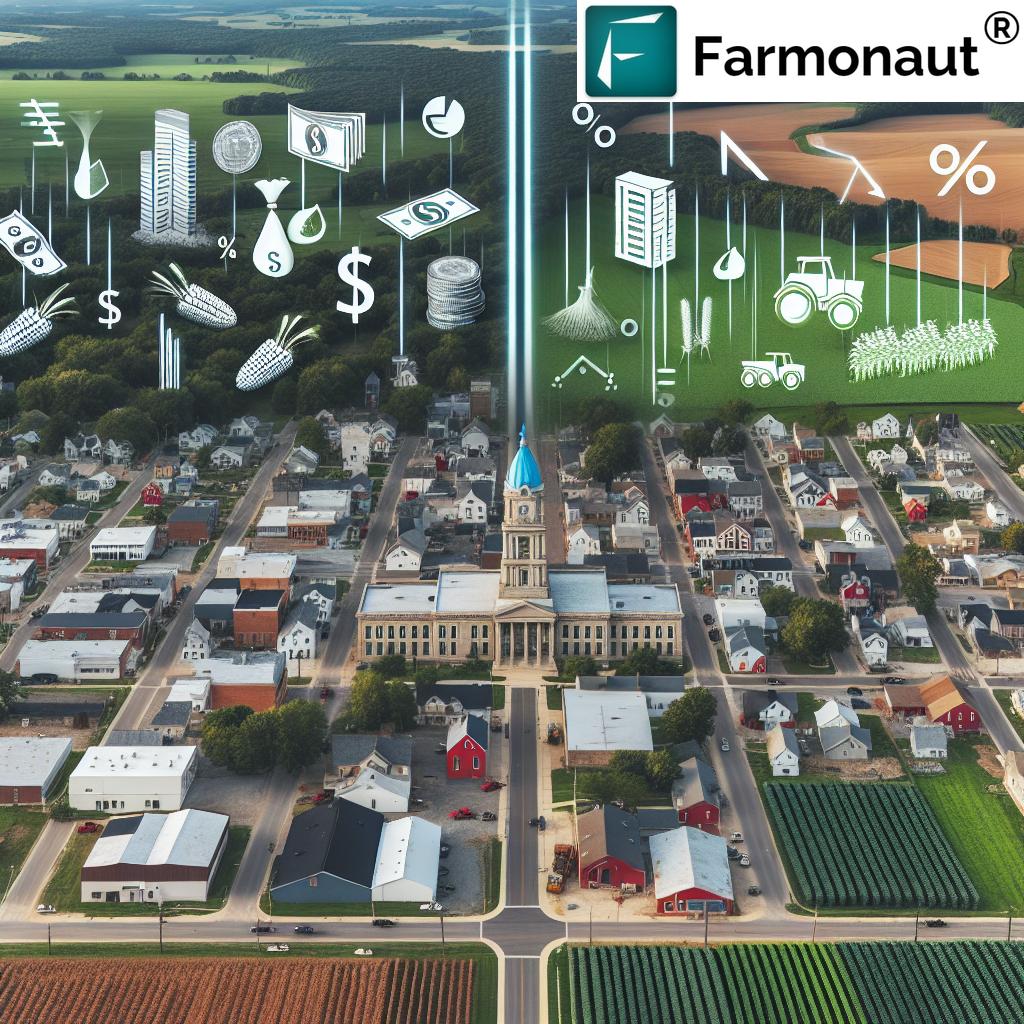
Economic Implications of the Tax Rate Reduction
The decision to reduce the county sales tax rate to 3.75% is likely to have significant economic implications for Putnam County. While proponents argue that a lower tax rate could stimulate consumer spending and attract businesses, critics worry about the potential loss of revenue for local governments and essential services.
To better understand the potential impacts of this decision, let’s examine a comparative table of tax policy effects on various stakeholders in Putnam County:
| Stakeholder Group | Previous Tax Rate/Revenue Share | New Tax Rate/Revenue Share | Estimated Annual Impact ($) | Potential Long-term Consequences |
|---|---|---|---|---|
| County Government | 4% sales tax | 3.75% sales tax | -$X million in revenue | Reduced funding for county-wide services, potential budget cuts |
| Towns | Y% of sales tax revenue | Uncertain (pending new agreement) | Varies by town | Potential reduction in local services, increased pressure on property taxes |
| Villages | Z% of sales tax revenue | Uncertain (pending new agreement) | Varies by village | Possible budget shortfalls, need for alternative revenue sources |
| Farmers | N/A | N/A | Indirect impact | Potential reduction in agricultural support programs, uncertain land preservation policies |
| Non-farming Residents | 4% sales tax paid | 3.75% sales tax paid | +$Y savings on purchases | Short-term savings, possible long-term impact on local services and infrastructure |
This table illustrates the complex web of effects that tax policy changes can have on different segments of the community. While some stakeholders may see immediate benefits, others may face challenges that could reshape the economic landscape of Putnam County in the years to come.
The Future of Agriculture in Putnam County
The controversy surrounding the inclusion of farms in the county’s agriculture district raises important questions about the future of farming in Putnam County. As urban sprawl continues to encroach on rural areas, the preservation of agricultural land becomes increasingly critical.
Innovative approaches to farm management and land use can play a crucial role in ensuring the viability of agriculture in the region. For instance, Farmonaut’s carbon footprinting tools can help farmers monitor and reduce their environmental impact, potentially aligning agricultural practices with broader sustainability goals. This could create new opportunities for farmers to position themselves as stewards of the land, potentially garnering more support for agricultural preservation efforts.
The Impact on Local Government Funding
The failure to establish a new sales tax revenue sharing mechanism between the county, towns, and villages leaves a significant question mark over local government funding. This uncertainty could have far-reaching consequences for the delivery of local services and the ability of smaller municipalities to meet their budgetary needs.
In the absence of a clear revenue-sharing agreement, towns and villages may need to explore alternative funding sources or consider budget cuts. This situation underscores the interconnected nature of local governance and the importance of collaborative decision-making in ensuring the financial health of all levels of local government.
Public Trust and Governance
Perhaps one of the most significant outcomes of this contentious meeting is its potential impact on public trust in local governance. The accusation that the legislature is “serving politics over people” reflects a growing frustration among residents with what they perceive as a disconnect between elected officials and the needs of the community.
Rebuilding and maintaining public trust will be crucial for the Putnam County Legislature moving forward. This may require increased transparency in decision-making processes, more robust public engagement strategies, and a concerted effort to demonstrate responsiveness to community concerns.
Looking Ahead: Challenges and Opportunities
As Putnam County navigates the aftermath of this controversial meeting, several key challenges and opportunities emerge:
- Balancing fiscal responsibility with the need for adequate funding of local services
- Developing comprehensive strategies for agricultural land preservation that address the concerns of both farmers and non-farming residents
- Exploring innovative solutions to enhance the economic viability of farming in the region
- Improving communication and collaboration between different levels of local government
- Engaging the public more effectively in the decision-making process to rebuild trust and ensure responsive governance
Addressing these challenges will require creative thinking, collaborative effort, and a willingness to embrace new approaches to rural governance. Technologies like those offered by Farmonaut could play a role in this process, providing data-driven insights to inform policy decisions and support sustainable agricultural practices.
The Role of Technology in Rural Development
As Putnam County grapples with these complex issues, the role of technology in supporting rural development and sustainable agriculture cannot be overstated. Platforms like Farmonaut offer a range of tools that can help bridge the gap between traditional farming practices and modern economic realities.
For instance, Farmonaut’s traceability solutions can enhance transparency in agricultural supply chains, potentially opening up new markets for local farmers and strengthening consumer confidence in locally produced goods. Similarly, crop loan and insurance services facilitated by satellite-based monitoring can improve farmers’ access to financial resources, helping to stabilize agricultural incomes and support long-term investment in the sector.
Conclusion: A Watershed Moment for Putnam County
The recent Putnam County Legislature meeting represents a watershed moment in the region’s governance. The decisions made and the controversies that erupted have brought to the forefront critical issues facing rural communities across the United States. From tax policy and revenue sharing to agricultural preservation and public trust, the meeting highlighted the complex challenges that local governments must navigate in balancing diverse interests and ensuring sustainable development.
As Putnam County moves forward, the lessons learned from this contentious gathering will undoubtedly shape future policy discussions and decision-making processes. The passionate engagement of community members, while sometimes heated, demonstrates the deep care and concern that residents have for the future of their county.
In navigating these challenges, embracing innovative solutions and technologies will be crucial. Tools like those offered by Farmonaut can provide valuable insights and support for both policymakers and farmers, helping to bridge the gap between agricultural traditions and modern economic realities.
Ultimately, the path forward for Putnam County will require open dialogue, creative problem-solving, and a commitment to balancing the needs of all community members. By learning from this pivotal meeting and embracing new approaches to rural governance, Putnam County has the opportunity to emerge stronger and more resilient, setting an example for rural communities across the nation.
FAQ Section
Q: What was the main controversy at the Putnam County Legislature meeting?
A: The main controversies included the reduction of the county sales tax rate to 3.75%, debates over agricultural land preservation, and disagreements about revenue sharing between the county, towns, and villages.
Q: How will the sales tax reduction affect Putnam County?
A: The reduction from 4% to 3.75% is expected to impact local government revenue sharing, potentially affecting funding for various county and municipal services.
Q: What was the farming community protesting about?
A: Farmers were protesting the legislature’s apparent opposition to including farms in the county’s agriculture district, raising concerns about agricultural land preservation.
Q: How did the public react to the meeting?
A: The public reaction was intense, with over 125 people attending and many expressing anger and frustration during the public comment period. Some accused the legislature of failing to serve the people’s interests.
Q: What are the long-term implications of these decisions for Putnam County?
A: The long-term implications include potential changes in funding for local services, uncertain future for agricultural preservation, and possible shifts in the relationship between different levels of local government.
Earn With Farmonaut
Earn 20% recurring commission with Farmonaut’s affiliate program by sharing your promo code and helping farmers save 10%. Onboard 10 Elite farmers monthly to earn a minimum of $148,000 annually—start now and grow your income!
For more information on how Farmonaut can support sustainable agriculture and rural development, explore our range of services:
For developers interested in integrating Farmonaut’s technology into their own applications, check out our API and API Developer Docs.



